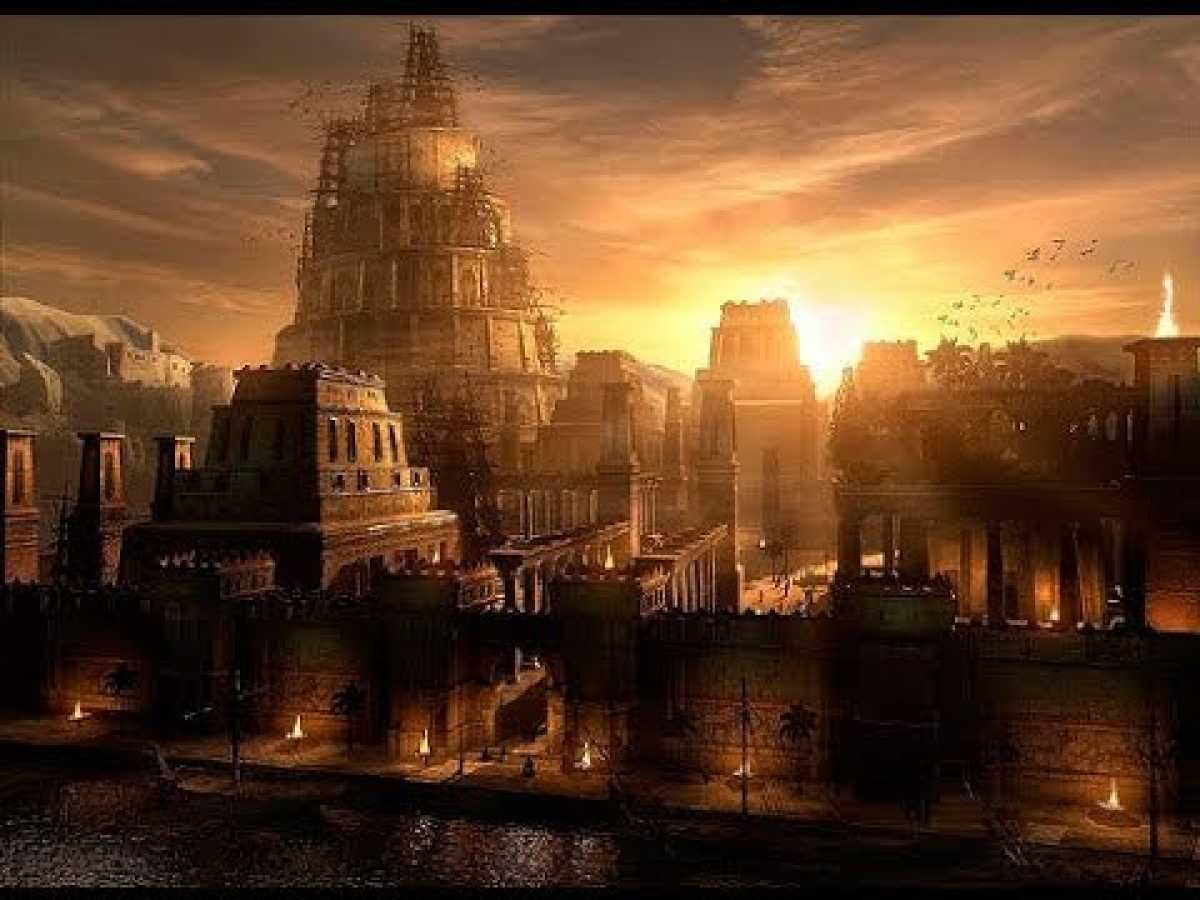
Superior Technology of Ancient Egypt Civilization | Full Documentary
- font size decrease font size increase font size
Check out our new channel with 100 of HD Documentaries https://www.youtube.com/c/seosantv [Seosan TV]
The characteristics of ancient Egyptian technology are indicated by a set of artifacts and customs that lasted for thousands of years.
". To watch this documentary please click the title or image above. More details and video can be found in the article. Have fun watching.
Check out our new channel with 100 of HD Documentaries https://www.youtube.com/c/seosantv [Seosan TV]
The characteristics of ancient Egyptian technology are indicated by a set of artifacts and customs that lasted for thousands of years. The Egyptians invented and used many simple machines, such as the ramp and the lever, to aid construction processes. They used rope trusses to stiffen the beam of ships. Egyptian paper, made from papyrus, and pottery were mass-produced and exported throughout the Mediterranean basin. The wheel, however, did not arrive until foreign influence introduced the chariot in the 16th century BC. The Egyptians also played an important role in developing Mediterranean maritime technology including ships and lighthouses. Significant advances in ancient Egypt during the dynastic period include astronomy, mathematics, and medicine. Their geometry was a necessary outgrowth of surveying to preserve the layout and ownership of farmland, which was flooded annually by the Nile river. The 3,4,5 right triangle and other rules of thumb served to represent rectilinear structures, and the post and lintel architecture of Egypt. Egypt also was a center of alchemy research for much of the western world.
The Nile valley has been the site of one of the most influential civilizations in the world with its architectural monuments, which include the pyramids of Giza and the Great Sphinx—among the largest and most famous buildings in the world.
Giza Plateau, Cairo. Khafre's pyramid in the background
The most famous pyramids are the Egyptian pyramids—huge structures built of brick or stone, some of which are among the largest constructions by humans. Pyramids functioned as tombs for pharaohs. In Ancient Egypt, a pyramid was referred to as mer, literally "place of ascendance." The Great Pyramid of Giza is the largest in Egypt and one of the largest in the world. The base is over 13 acres (53,000 m2) in area. It is one of the Seven Wonders of the World, and the only one of the seven to survive into modern times. The Ancient Egyptians capped the peaks of their pyramids with gold and covered their faces with polished white limestone, although many of the stones used for the finishing purpose have fallen or been removed for use on other structures over the millennia.
The Red Pyramid of Egypt (c.26th century BC), named for the light crimson hue of its exposed granite surfaces, is the third largest of Egyptian pyramids. Menkaure's Pyramid, likely dating to the same era, was constructed of limestone and granite blocks. The Great Pyramid of Giza (c. 2580 BC) contains a huge granite sarcophagus fashioned of "Red Aswan Granite." The mostly ruined Black Pyramid dating from the reign of Amenemhat III once had a polished granite pyramidion or capstone, now on display in the main hall of the Egyptian Museum in Cairo (see Dahshur). Other uses in Ancient Egypt,[8] include columns, door lintels, sills, jambs, and wall and floor veneer.
The ancient Egyptians had some of the first monumental stone buildings (such as in Sakkara). How the Egyptians worked the solid granite is still a matter of debate. Archaeologist Patrick Hunt has postulated that the Egyptians used emery shown to have higher hardness on the Mohs scale. Regarding construction, of the various methods possibly used by builders, the lever moved and uplifted obelisks weighing more than 100 tons.
To watch other documentaries please visit:
https://literaryblog.net/documentary-blog
Meo – 2018
LiteraryBlog.net – Documentaries Blog
‘Mehmet Şentürk
. Copyright: All documentaries are licensed by respected owners and published in this website with references fully given to owners at YouTube. Please write us @ [email protected] for any claims.





